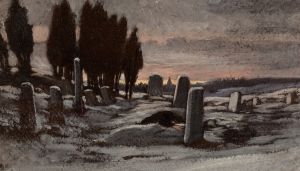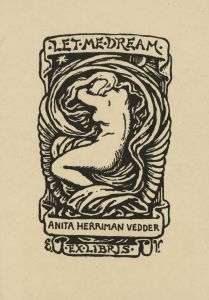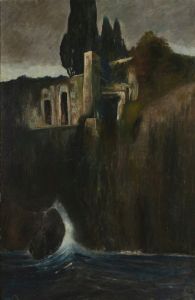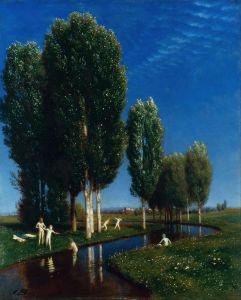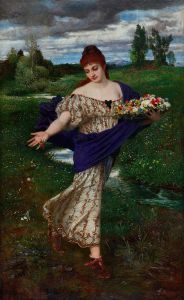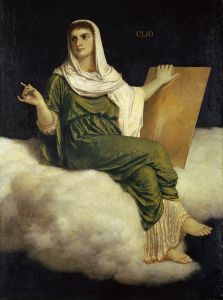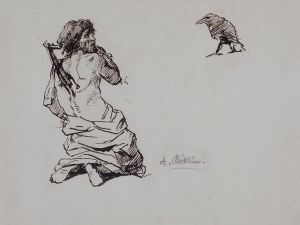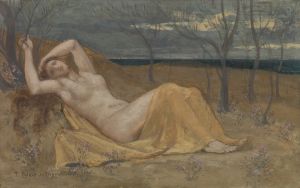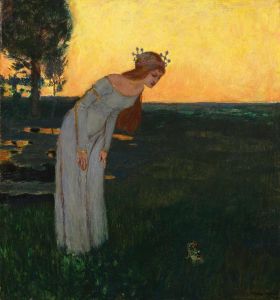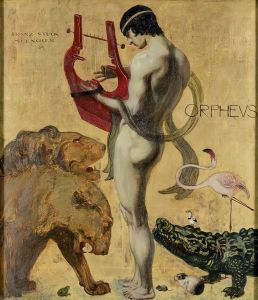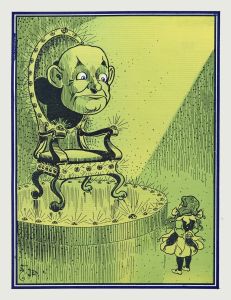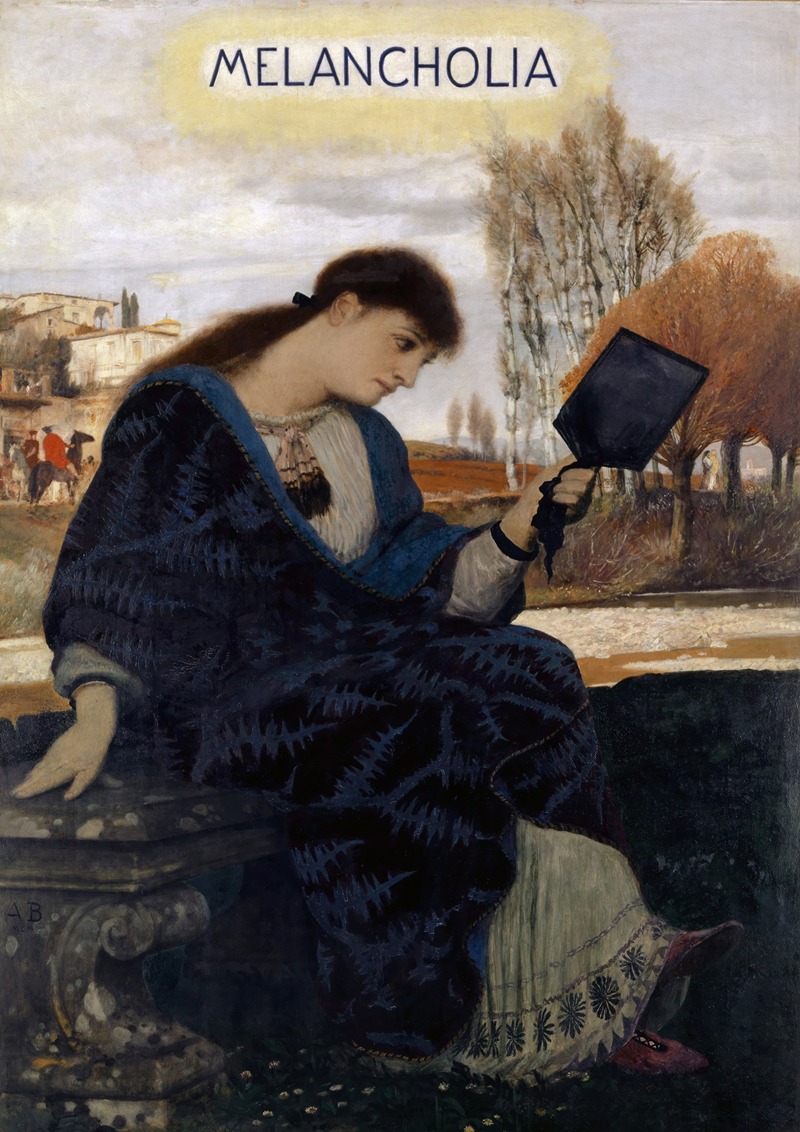
Melancholy
A hand-painted replica of Arnold Böcklin’s masterpiece Melancholy, meticulously crafted by professional artists to capture the true essence of the original. Each piece is created with museum-quality canvas and rare mineral pigments, carefully painted by experienced artists with delicate brushstrokes and rich, layered colors to perfectly recreate the texture of the original artwork. Unlike machine-printed reproductions, this hand-painted version brings the painting to life, infused with the artist’s emotions and skill in every stroke. Whether for personal collection or home decoration, it instantly elevates the artistic atmosphere of any space.
"Melancholy" is a painting by the Swiss symbolist artist Arnold Böcklin, created in 1869. Böcklin, born in Basel in 1827, is known for his imaginative and often fantastical works that blend mythological themes with a deep sense of nature and the supernatural. His art is characterized by a unique combination of realism and symbolism, often evoking a sense of mystery and otherworldliness.
"Melancholy" is a prime example of Böcklin's ability to convey complex emotional states through his art. The painting depicts a solitary figure, often interpreted as a personification of melancholy, seated in a contemplative pose. The figure is surrounded by a desolate landscape, which enhances the overall mood of introspection and sadness. The use of muted colors and the careful attention to detail in the natural elements contribute to the painting's somber tone.
Böcklin's work was heavily influenced by his travels in Italy, where he was exposed to the rich artistic heritage of the Renaissance and the Baroque periods. This influence is evident in the classical composition and the meticulous rendering of the landscape in "Melancholy." The painting reflects Böcklin's fascination with the interplay between human emotion and the natural world, a recurring theme in his oeuvre.
The figure in "Melancholy" is often interpreted as an allegorical representation of the melancholic temperament, one of the four humors in ancient and medieval medicine. This temperament was associated with introspection, creativity, and a deep sense of sorrow. Böcklin's depiction captures these qualities through the figure's pensive expression and the barren, almost dreamlike setting.
"Melancholy" is part of a broader movement in 19th-century art that sought to explore the inner workings of the human mind and the complexities of emotional experience. Symbolist artists like Böcklin were particularly interested in the themes of existential angst and the sublime, often using mythological and allegorical imagery to express these ideas.
Arnold Böcklin's work, including "Melancholy," had a significant impact on later artists and movements. His exploration of psychological themes and his innovative use of symbolism influenced the development of modern art, particularly the Surrealist and Expressionist movements. Böcklin's ability to evoke deep emotional responses through his art continues to resonate with audiences today.
"Melancholy" remains an important work in Böcklin's oeuvre, showcasing his skill as a painter and his deep engagement with the themes of human emotion and the natural world. The painting is housed in the Kunstmuseum Basel, where it continues to be admired for its haunting beauty and its profound emotional depth.





